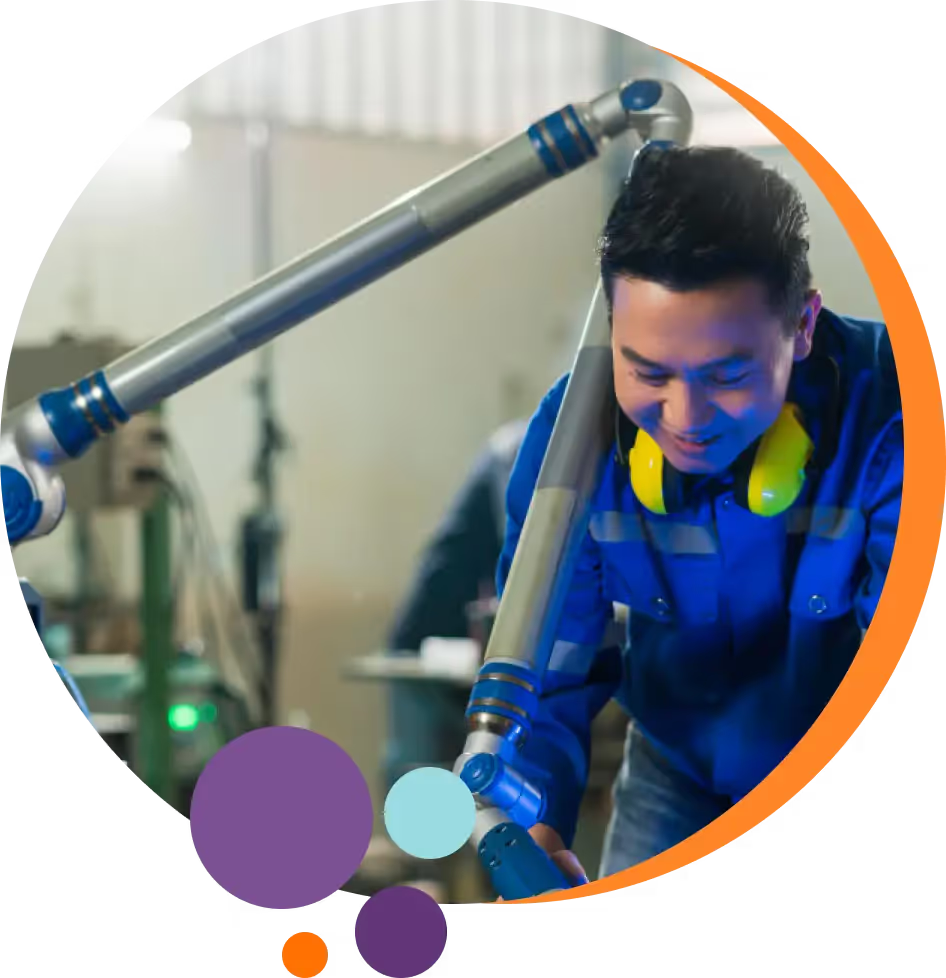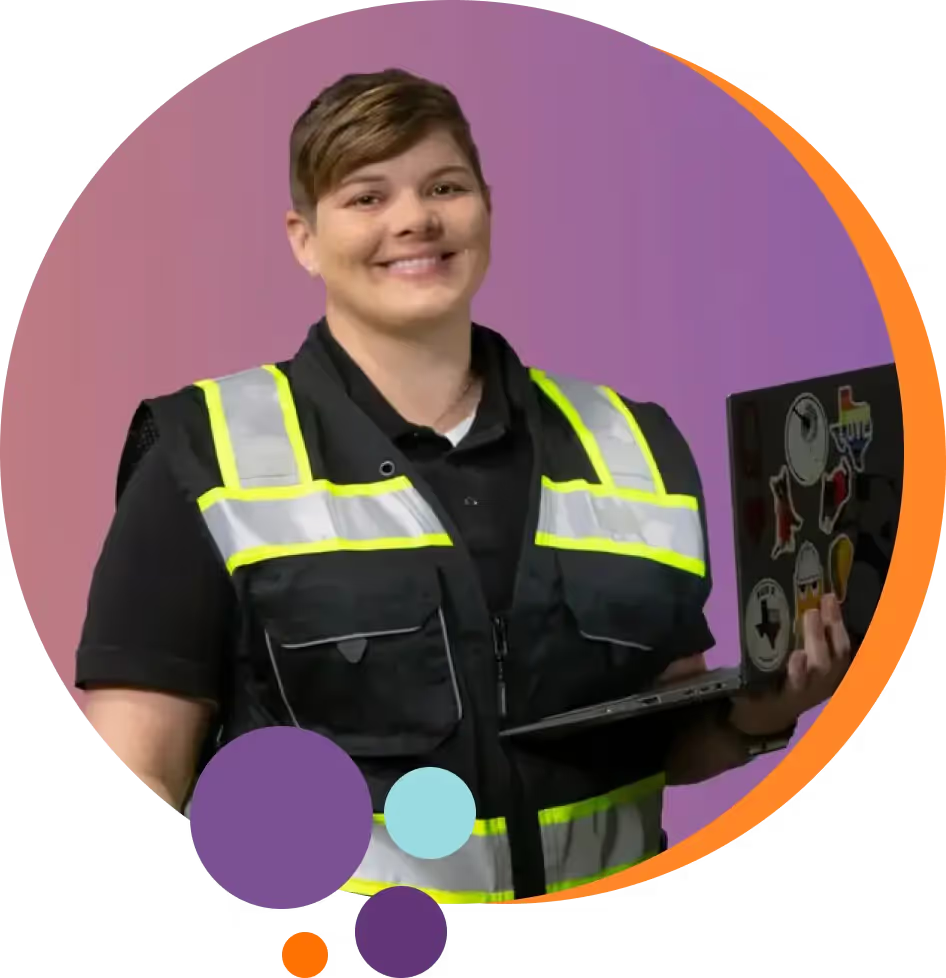While dual enrollment does open doors to great opportunities, there are many things to consider before making a decision. We’ve created an in-depth guide to help you figure out whether a dual enrollment program is the right fit for you!
Key Takeaways
If you’re a high school student looking to earn some extra credits and take some college-level classes, then dual enrollment is a great choice for you! Dual enrollment gives you the opportunity to get a head start on your higher education before graduating high school.
Get the Inside Scoop on Booming Technician Careers – Free Webinar!






Get the Inside Scoop on Booming Technician Careers – Free Webinar!






Get the Inside Scoop on Booming Technician Careers – Free Webinar!






Get the Inside Scoop on Booming Technician Careers – Free Webinar!

Get the Inside Scoop on Booming Technician Careers – Free Webinar!






Want to Become an Amazon Maintenance Technician?

Get the Inside Scoop on Booming Technician Careers – Free Webinar!






Get the Inside Scoop on Booming Technician Careers – Free Webinar!






Get the Inside Scoop on Booming Technician Careers – Free Webinar!






Looking for community college courses to enroll in?
Unmudl offers a wide variety of courses that earn you credits!
We help people like you find new careers they love!

What are high school dual enrollment programs?
Taking community college courses while still enrolled in high school is typically referred to as dual enrollment although taking courses from two community colleges at once also is referred to as the same. Dual enrollment allows students to get a head start on college and gain a better understanding of college-level work.
Dual enrollment also means you'll have double the benefits! Not only will you be able to explore the different experiences each campus has to offer, but you'll also have twice as many extracurricular activities to choose from.
Types of dual enrollment programs
Classes located at the college itself
Some dual enrollment programs give students the opportunity to experience college classes to the fullest. The Early College High School (ECHS) program lets students attend courses at local community colleges.
This form of dual enrollment has the highest credit gain. According to a study, “ECHS students earn an average of 21.6 college credits by the time they finish high school. Their comparison group peers, in contrast, earn an average of 2.8 credits.” This allows students to graduate and enter the job market a lot faster.
Online classes
While there are many on-campus programs, students can also choose online programs to make dual enrollment more convenient and accessible for them.
Over the years, many colleges have started offering online education opportunities, allowing students to earn college credits without having to worry about their daily commute.
Classes located at the high school itself
Some programs are also offered at students' own high schools or at a certain high school in an area.
These kinds of dual enrollment programs allow students to remain in their familiar high school environment.
These classes consist of only dual-enrollment students and are typically taught by college professors or qualified high school teachers.
Being enrolled in a college while still completing your high school diploma can be overwhelming for some students and it may get hard to keep things in order. And so, before making any decisions, it is important to weigh both the pros and cons of dual enrollment.
Pros
Dual enrollment programs can be extremely beneficial in the long run.
In fact, a 2017 study shows that students who were enrolled in dual enrollment programs in high school were much more likely to earn bachelor's degrees later in life as compared to those who weren’t a part of a dual enrollment program.
We’ve compiled a list to help you gain a better understanding of what benefits a dual enrollment program can offer.
Taking courses that are not available to you
Sometimes students find themselves in a position where they may be interested in a particular course that isn't being offered at their high school. In that case, dual enrollment is the perfect opportunity to take those courses at a community college and strengthen your transcript.
In a similar case, there are some students that take AP classes as juniors and now wish to take further advanced classes at a local community college. Dual enrollment is a great way to gain more skills and knowledge in a particular subject.
Click here to see a list of all the courses offered at community college.
A stronger transcript
Taking advanced college-level classes during high school can be a great addition to your college transcript.
Either your community college classes will be included on your high school transcript, or you may have a separate community college transcript. You might even be able to join an honor society.
In any case, dual enrollment shows that a student is academically talented, hard working, and has initiative -- traits that colleges look for in an applicant.
Better prepared for college
Studying college-level classes in high school not only makes the transition to college easier but also sets you ahead of others in terms of credits. Dual enrollment classes on-campus, particularly, allows students to gain a better understanding of college-level coursework and environment.
“Spending time on a college campus is a wonderful experience that can ease the transition to college, students will meet college students who may serve as role models. Additionally, time spent on a college campus can assist students with the college search process. They will have a better idea of what kind of college they would like to attend.” says college admissions expert Michelle McAnaney in an article for Accredited Schools Online.
Cons
Now that you know the pros of enrolling in a dual enrollment program, here’s a list of some of the challenges you may face while studying college-level courses in high school.
Difficult to manage
College-level courses are very different from what you’re typically used to studying in high school. They are harder, more fast-paced, and require a lot of time and effort when it comes to assignments and tests. As a high school student, you may find it challenging to manage all your work.
Expensive
Normally, high school students do not have to pay for their classes. However, when you enroll in a community college class, you may be required to pay for tuition unless you can enroll for free.
According to the Education Data Initiative, community college students have to pay a little over $113 per credit hour or $338 per course. Although community college is considered a lot cheaper than traditional four-year colleges, it may still be difficult for some students to afford.
If you’re struggling with finances, a better option would be to take AP classes in a similar field at your high school. You can also take online community courses under $50 and get your credits transferred.
Who is eligible for dual enrollment?
Dual enrollment rules vary depending on the state. To be eligible, students must meet the requirements specified by their local school system.
We have compiled a list of the general eligibility requirements for dual enrollment. However, students must make sure to check with their high school counselor for requirement details specifically for their school system.
- Most dual enrollment programs require students to be at least 16 years old.
- Students should typically have a minimum GPA of 2.5 or 3.0
- Students are usually required to get permission from their parents/guardians and high school counselor or principal in order to take a dual enrollment course.
- The community college you’re enrolling at may ask for your high school transcript or a teacher recommendation to ensure that you can manage a college-level course.
- All prerequisites for the course should be fulfilled, in order to enroll.
Note: these rules are generalized according to what dual enrollment programs typically require from applicants. Get in contact with your high school counselor to see which rules apply to you.
Things to consider before choosing to take the classes
Deciding whether or not dual enrollment is the right choice for you is a big decision to make. Here are a few things to consider before making a final decision.
Can you manage?
It is very important to know whether or not you'll be able to manage. Courses at college are significantly different from those in high school. Not only is the workload a lot more but the pace is also much faster.
And unless you’re taking summer courses, you will have to manage your schedule according to your high school classes. Although this may seem challenging, with enough commitment, it is absolutely possible to manage.
Make sure your credits are transferable
With dual enrollment, you need to cross-check courses at the community college to see which credits you will be able to transfer later on. Some four-year colleges place limits on the credits that you can transfer.
Hence, it’s extremely important to look up the exact courses you plan to take and see if their credits could be transferred to the four-year college you plan on attending.
Online courses
Over the years, many community colleges have started offering online courses as an option. Before enrolling, make sure that:
- The college is fully accredited
- It is a college-level course
- The credits are transferable
- The course is open to students in high school
Examples of a few community colleges offering dual enrollment
Now that you have a better understanding of dual enrollment, here’s a list of some of the best community colleges offering dual enrollment. If you’re looking for more community college options, click here.
Gateway Community College (GWCC)
“GWCC partners with Valley high schools to offer dual enrollment credit for academic and occupational classes. The courses are taught on high school campuses by college-approved high school teachers and can be counted toward high school graduation requirements.”
SUNY Broome Community College
“Concurrent enrollment programs, such as SUNY Broome Community College’s Fast Forward Program, promote and offer challenging college-level experiences to students in their last one or two years of high school. Students benefit through their ability to enroll in rigorous college-level courses while simultaneously meeting high school graduation requirements. As colleges experience high remediation rates, programs such as Fast Forward play an increasingly vital role in building the all important partnerships between high schools and colleges.”
San Juan College
“Start your future now by taking advantage of the Dual Credit/Early Admit Program. High school students attending a public, private, charter, or home school can take college-level courses and start working on a certificate or degree.”
Note: these colleges are not listed in any particular order.
Conclusion
Over the years, the competitiveness of college applications has increased drastically, making it difficult for students to stand out from the crowd of applicants. Taking up a dual enrollment program is one of the best ways to make your application strong and appealing to colleges. Studying college-level courses during high school shows that you are not only hard-working but are also academically talented - traits that all colleges look for.
Students that are interested should contact their high school counselors and find out how to apply soon!







.jpg)